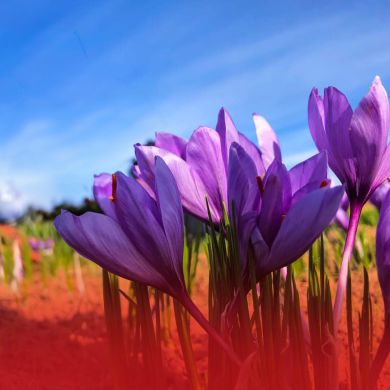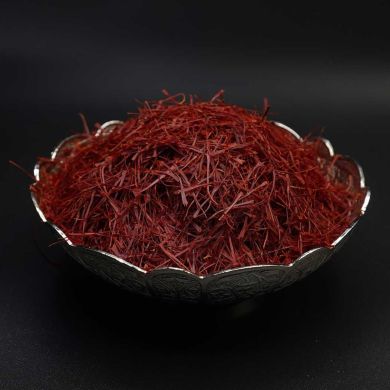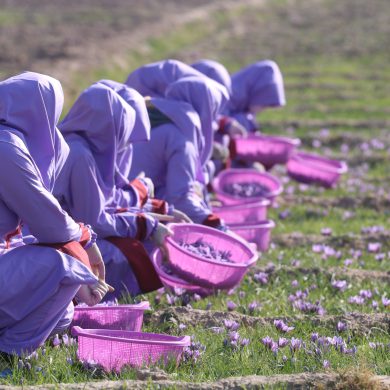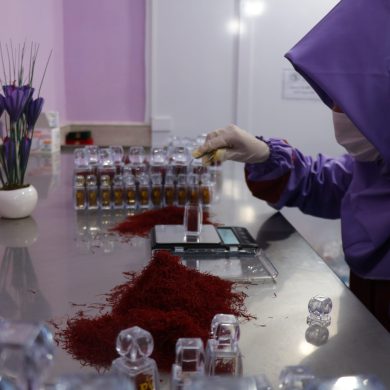No products in the cart.
Return To ShopReal vs Fake Saffron: How to Tell the Difference Before You Buy
Real vs Fake Saffron: The Buyer’s Guide
Saffron is the world’s rarest spice—and sadly, one of the most counterfeited. Fake saffron can waste your money, dull your cooking, and even pose health risks if it’s dyed with chemicals.
This guide explains how to spot authentic saffron at home and why choosing trusted suppliers is the best way to buy with confidence.
👉 Shop authentic saffron now: Explore Rumi Saffron jars & gift boxes
Why fake saffron exists
Harvesting saffron is extremely labour-intensive: each Crocus sativus flower has only three delicate red stigmas, and they must be hand-picked. With such scarcity, saffron is often mixed or replaced with cheaper materials like dyed corn silk, safflower, or synthetic colourants.

✅ 5 Quick At-Home Checks for Authenticity
When shopping for saffron, look for these signs of authenticity:
1. The Cold Water Test
Drop a few threads into a glass of cold water. Real saffron gradually releases a golden-yellow hue while keeping its shape. Fake saffron often bleeds a harsh red dye immediately.
2. Aroma & Taste
Genuine saffron has a rich, honey-like and hay-like fragrance, with subtle floral notes. Its taste is pleasantly bitter—never sweet.
3. Thread Shape
Authentic saffron threads are deep red with orange tips, ending in a trumpet-like flare. Uniformly dyed strands without shape are a red flag.
4. Paper Towel Rub
Rub a damp thread on white paper. Real saffron leaves a warm yellow/orange mark, not a deep crimson streak.
5. Whole vs Powder
Powdered saffron is easiest to adulterate. Always buy whole threads and grind them yourself if needed.
6. The Price Test
If saffron is sold at a price that seems too cheap, it’s probably fake or very low quality. Real saffron is rare, labour-intensive to harvest, and worth the investment
Related posts
As of 2023, Australia has emerged as one of the key players in the global saffron trade. With saffron imports reaching $2.18 million USD in... Continue reading
Saffron, often referred to as the "golden spice," has a rich history that dates back over 3,500 years. Originating from ancient Greece, it was revered... Continue reading
Saffron, the 'red gold,' enhances dishes with its unique flavor, produced from the labor.... Continue reading
Rumi Saffron, inspired by the 13th-century poet Rumi, embarks on a transformative journey... Continue reading
Saffron health benefits, the world's most precious spice, boasts incredible health benefits.... Continue reading







Add comment